It's always hump day in Harrisville
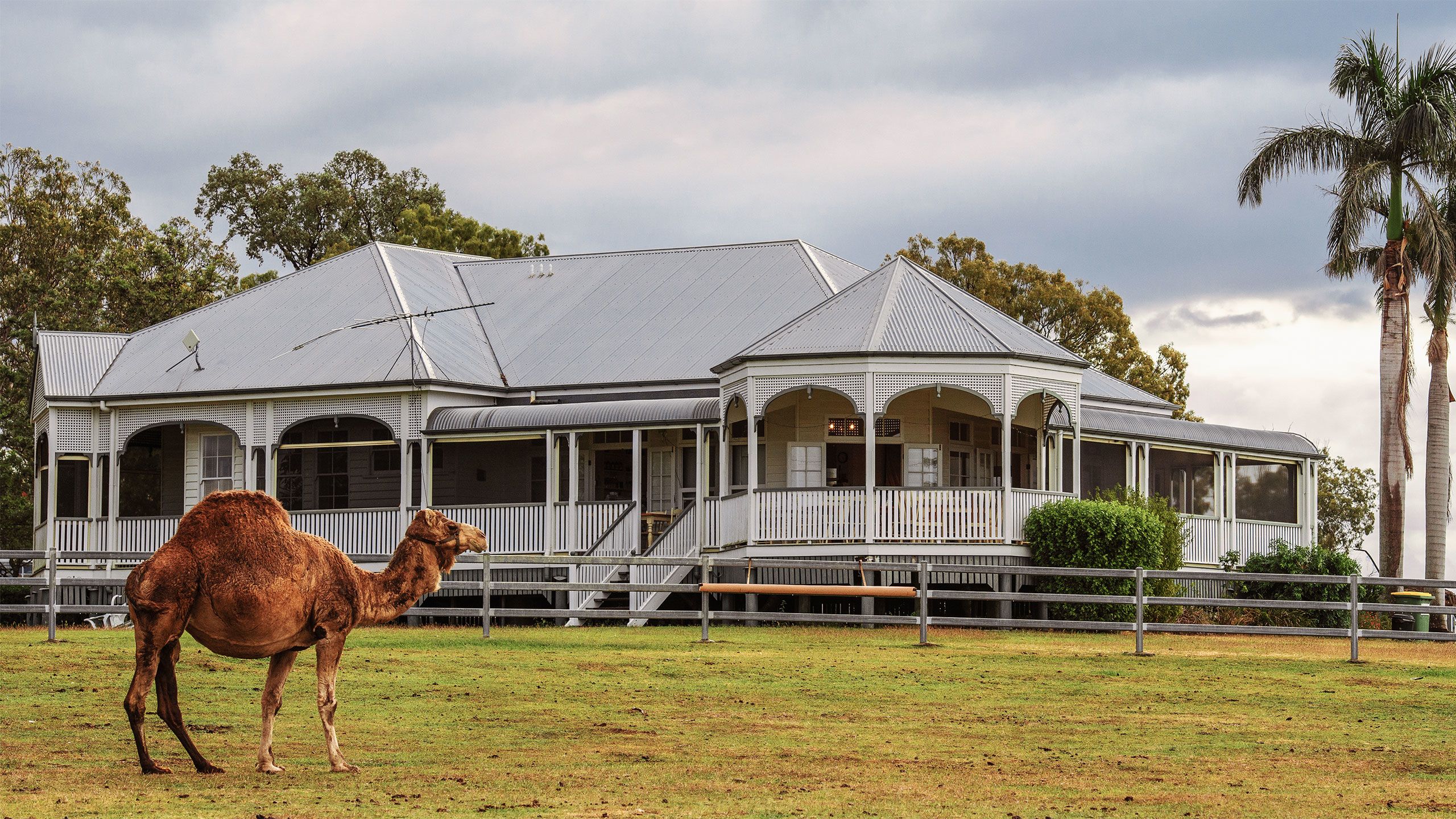

It's camels galore for the Summer Land Camels team based in Harrisville, in the Scenic Rim region of Queensland, as they break new ground for the Australian camel dairy industry.
Have you ever tasted camel milk? What about camel milk vodka? Well, chances are you soon will.
According to UQ alum and camel dairy farmer Paul Martin (Assoc Dip in Applied Science, '90), UQ lecturer, alum and camel vet Dr Margie Bale (Bachelor of Vet Science, '95), and dairy technologist Associate Professor Nidhi Bansal, camels could be the next big Aussie export.
Watch the video
Their milk has superfood qualities, their bodies are perfectly adapted to our arid environment, they're in abundance in Australia's deserts and the community loves their playfulness and thick eyelashes.
Mr Martin, Dr Bale and Associate Professor Bansal discuss their love for camels and how the traditional desert-dwellers can benefit mainstream society.

Paul Martin
Founder and CEO,
Summer Land Camels
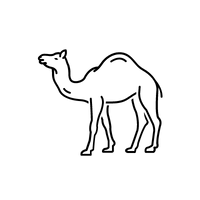
I grew up in Springsure in central Queensland, on 40,000 acres of cattle country and grain cropping wheat. We had 10,000 head of cattle. I didn't have any experience with dairy farming beyond milking the six dairy cows we had on the farm when I was a kid.
Eventually, after studying at the Gatton campus, I went back out west and embarked on a regenerative agriculture journey, which led me to my first taste of working with camels about 30 years ago. We wanted to add diversity back into the grazing livestock landscape, and we used camels to do that – they eat different plants, and their urine and manure has different impacts on the environment.
We started to think more about what we could do with camels. At the time, dairy allergies – particularly eczema and psoriasis – were increasing in the community. We thought we could start a camel dairy to help fill a gap in the market, as camel milk is considered a safe alternative for those suffering from dairy allergies.
After six years, we now have about 800 acres which is home to 450 camels, with about 800 total in our supply chain. We're predominantly a tourism operator, but we're working to grow the dairy and milk production, and grow public interest in our camel milk products. It really is a superior product, and we're not just making food and drinks – like milk, cheese, gelato, chocolate – but also skincare products and something unique: camel milk and honey vodka, which has won a few awards recently.
Our whole process is designed to keep our camels happy. To get milk from a camel, she can't have any stress - it's all very chilled here.
I believe the future of Australia's camel industry is looking quite bright. We're very much still a startup industry and we're screaming out for investment, but with an animal as adaptable as camels are to the changing climate – giving us everything from milk to meat to wool – you just can't overlook that as an opportunity.
If we continue to cull camels in Australia to the point there are none left, we'll never be able to get them back here. Instead, we need to look at the issues they cause in some parts of the country and think creatively about how we can solve those problems, because the sky's the limit with what we can achieve with them.
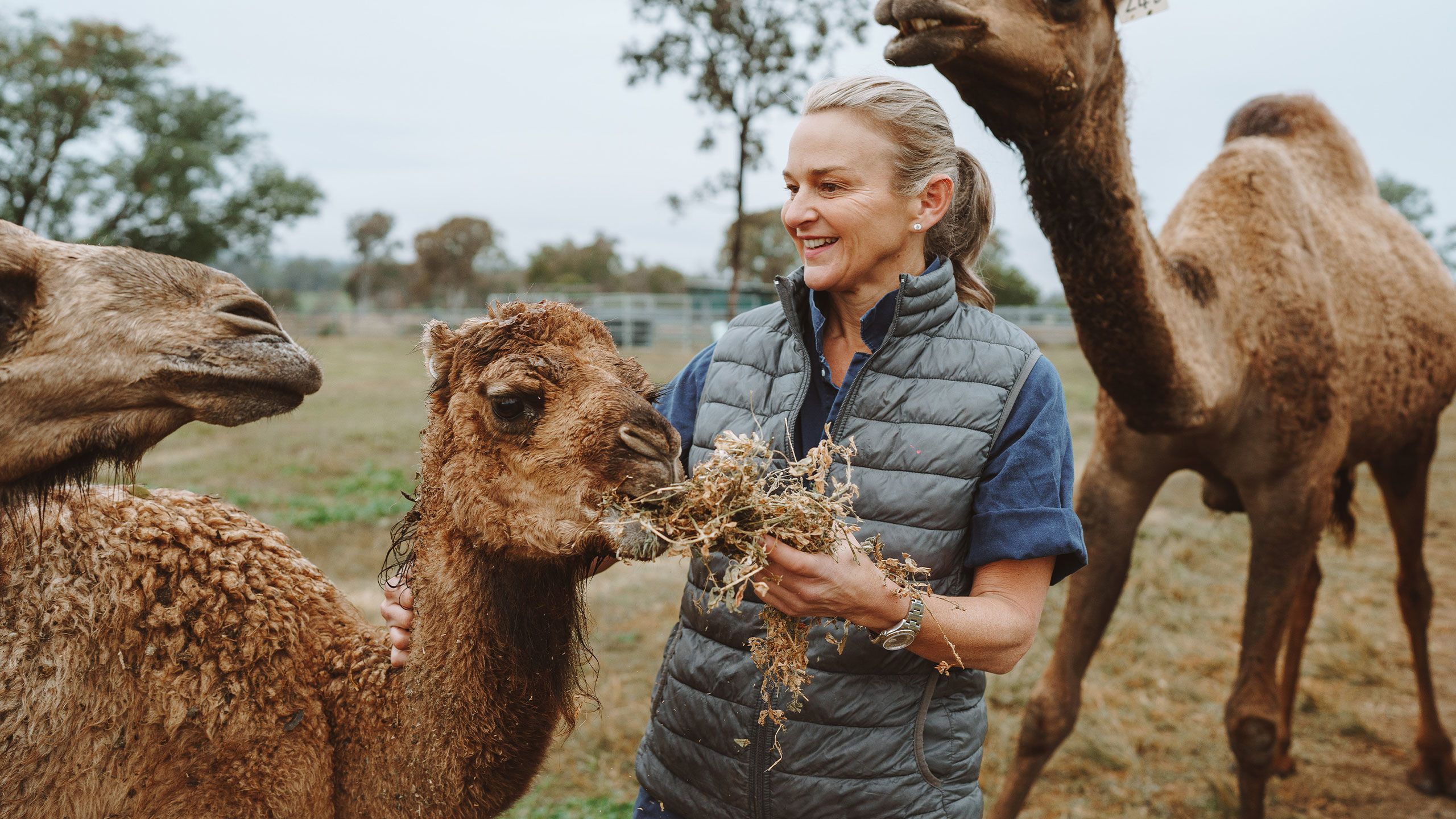
Dr Margie Bale
Large Animal Clinician and UQ Lecturer
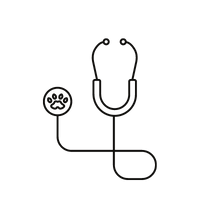
I am one of Australia's only camel vets. I met Paul about seven years ago at the Queensland Royal Show and we got talking. He told me he was starting a camel milk business, and I was intrigued. Since then, I've worked with camels and these have been some of the most innovative years of my life, professionally, as we had to start from scratch.
I was mainly a dairy-practice vet, so I was able to transfer some skills over, but I've basically learnt about an entirely new species. Camels aren't like a sheep. They're not like a horse. They're not like a cow. They are their own specific group of animals called camelids, and they're completely different from everything else.
Camels are utterly fascinating; not just their behaviour, but also their physiology. On a cellular level, the way that they can handle dehydration, the way that they can not only live but thrive out in the desert and marginal country; their reproductive systems... the whole animal is a lesson in adaptation.
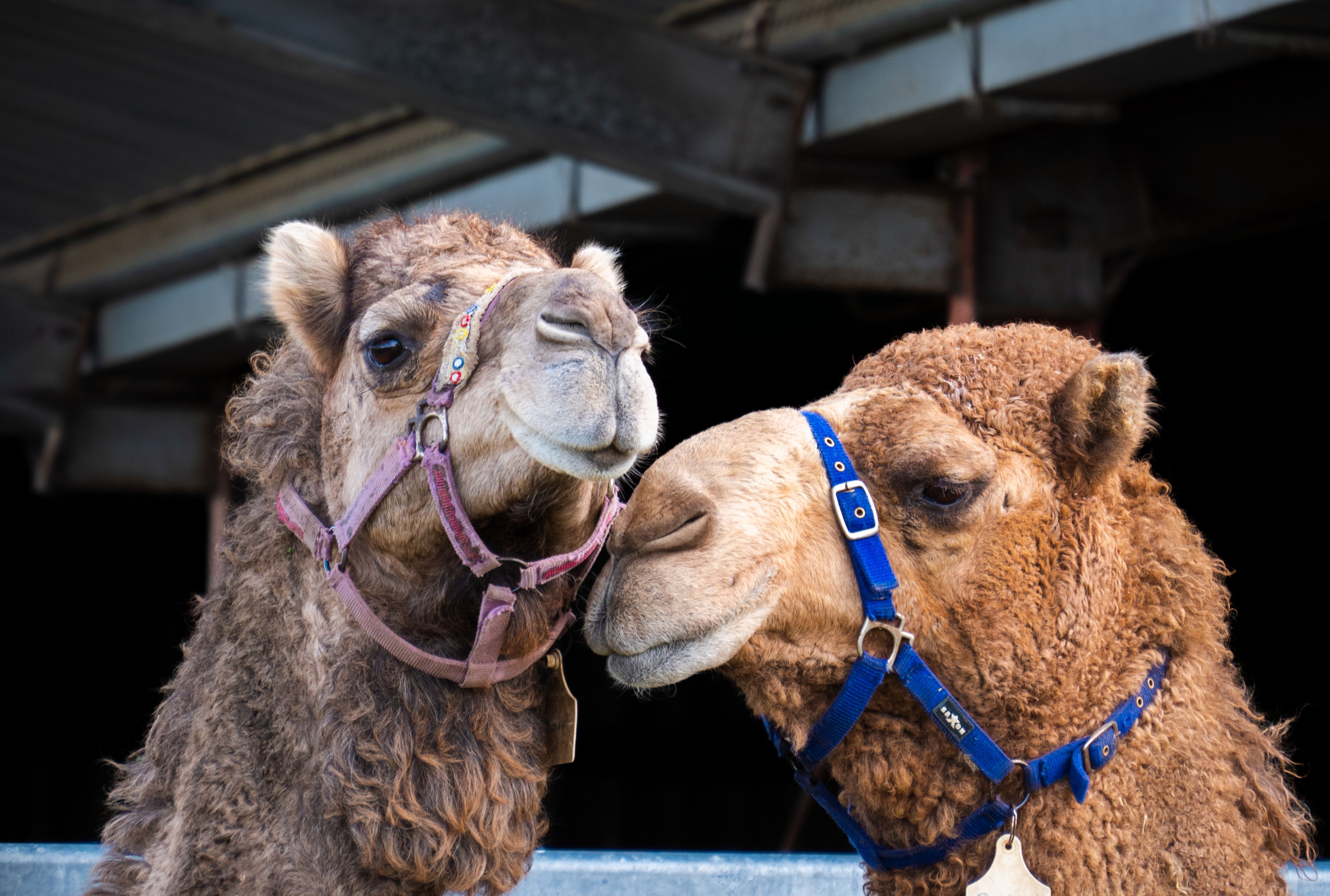
Image: Tim Vermey
Image: Tim Vermey
Every single characteristic of the camel is perfectly adapted for an arid environment, from the eyelashes to the hump to their feet to their red blood cells.
I see camels as Australia's biggest potential protein export industry. There's huge potential here in the way we think about sustainable agriculture moving forward, too.
In the past, [Australian farmers] have tried to adapt our environment to the animal. Cattle and sheep were brought over from England and farmers tried to make those animals work in our environment, but in the end, they changed the environment to suit the animal. What we're doing in regenerative agriculture now is realising that you really should choose the animal to suit the environment. And for the harsh, marginal areas of Australia, the semi arid and even just the arid regions, here is an animal beautifully suited that is also a protein product and milk producer. The potential for value-adding to these wild camel populations in Australia is endless.
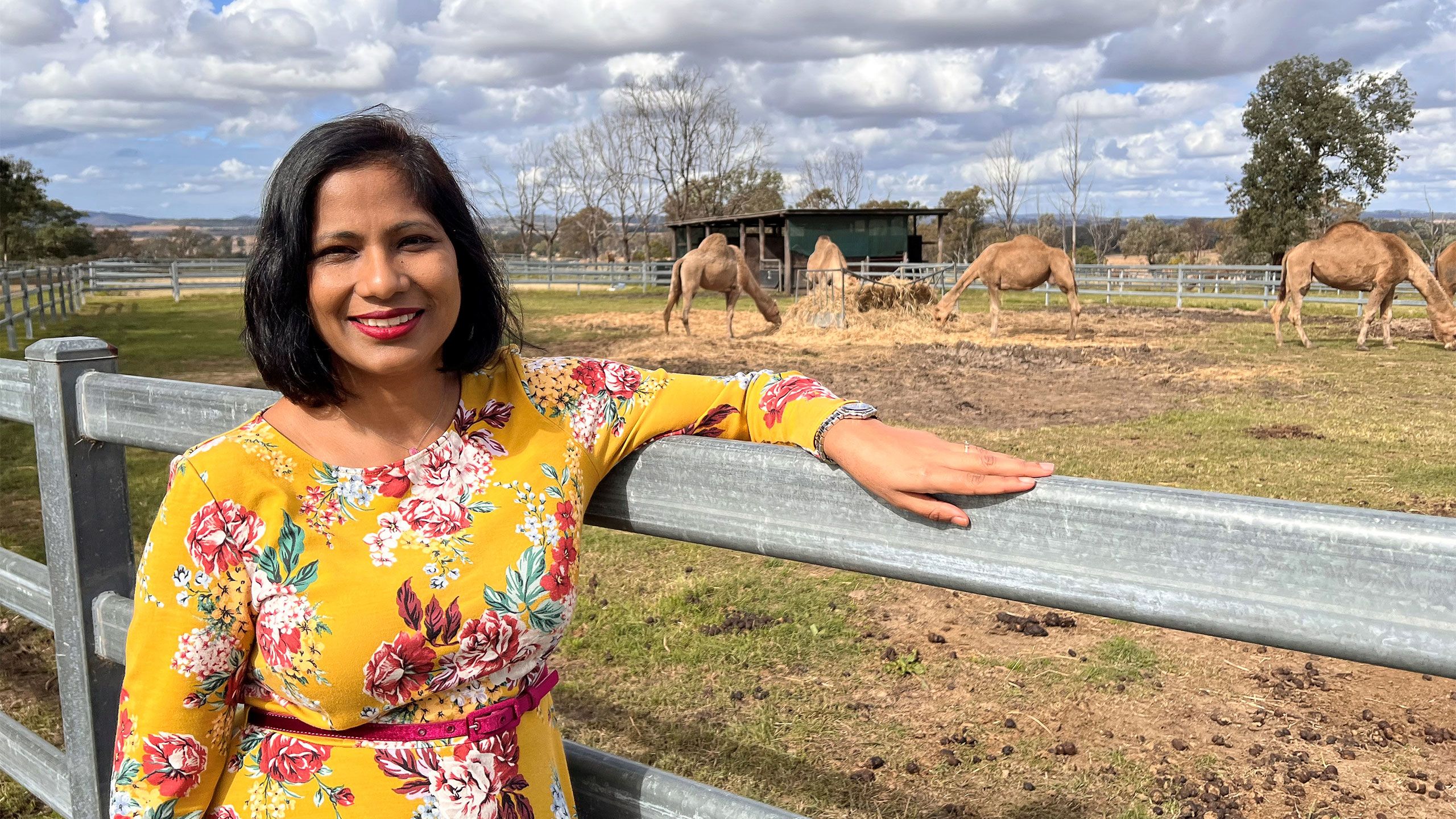
Associate Professor Nidhi Bansal
UQ Dairy technology researcher
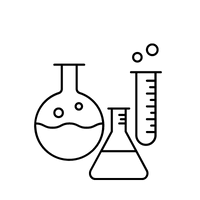
Most of the studies that exist for camel milk have been published in the Middle East, where camels have been domesticated much longer than in Australia, so together with my Masters and PhD students, we've been working with Paul and his team to lead camel milk research in Australia.
We wanted to see what the differences might be between the properties of the milk overseas and here, so we collected hundreds of samples from Summer Land Camels over four seasons to study them. This allowed us to see how the yield and frequency might change with the seasons, and then we examined the major components of the camel milk, including digging deeper into the proteomics – the protein and nutrition profile of the milk.
Camel milk has potential therapeutic benefits that can go beyond just simple nutrition, and we're hoping to harness these characteristics to benefit the human health.
The protein profile of camel milk is very different from cow's milk. For example, it does not have a protein called beta-lactoglobulin. This is both a pro and a con: it's a pro because that's the major allergen in milk and it can cause milk allergies in the babies, so it's good that camel milk does not have that protein in it, and this actually makes it more similar to human milk than to cow's milk in that regard. But the absence of that protein is what causes some technological cons.
The absence of beta-lactoglobulin makes it hard for the camel milk to 'gel' when we are making yogurt, and the absence of that protein also interferes with the stability of the camel milk when it's heated very high for UHT (or long-life) milk.
I think camel milk has a huge potential as a nutraceutical, or as a super food. There is research to show its benefits for people with hypertension, type 1 diabetes, for milk allergies, eczema and psoriasis. If we start looking at all of the biological bioactive components that are in it instead of thinking of it as another white milk for our morning coffee, we could see some huge advances in uses of camel milk to benefit human health.


